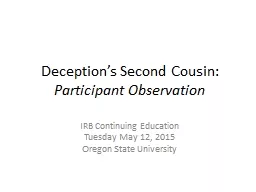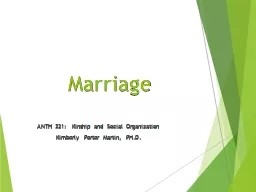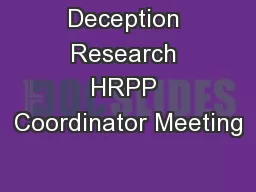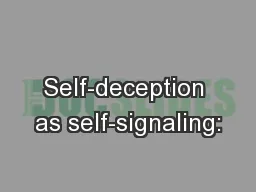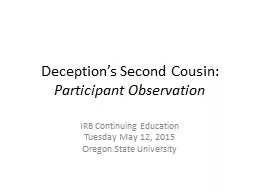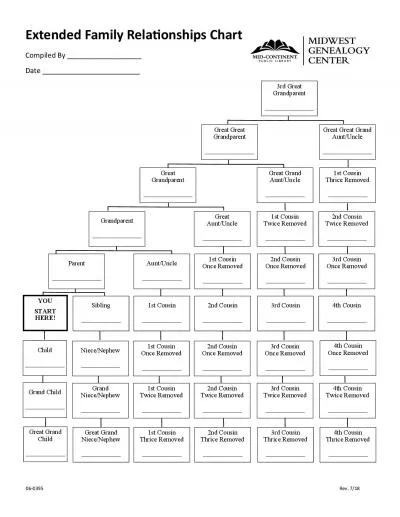PPT-Deception’s Second Cousin:
Author : phoebe-click | Published Date : 2016-08-03
Participant Observation IRB Continuing Education Tuesday May 12 2015 Oregon State University Outline Definitions Methodology Applications Opportunities amp Benefits
Presentation Embed Code
Download Presentation
Download Presentation The PPT/PDF document "Deception’s Second Cousin:" is the property of its rightful owner. Permission is granted to download and print the materials on this website for personal, non-commercial use only, and to display it on your personal computer provided you do not modify the materials and that you retain all copyright notices contained in the materials. By downloading content from our website, you accept the terms of this agreement.
Deception’s Second Cousin:: Transcript
Download Rules Of Document
"Deception’s Second Cousin:"The content belongs to its owner. You may download and print it for personal use, without modification, and keep all copyright notices. By downloading, you agree to these terms.
Related Documents

